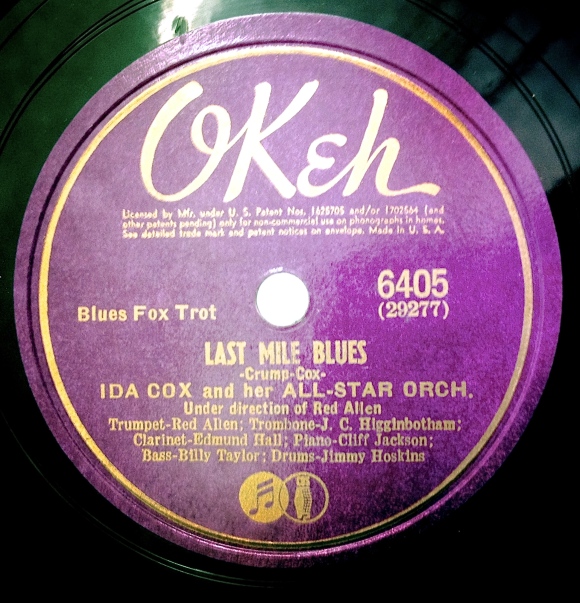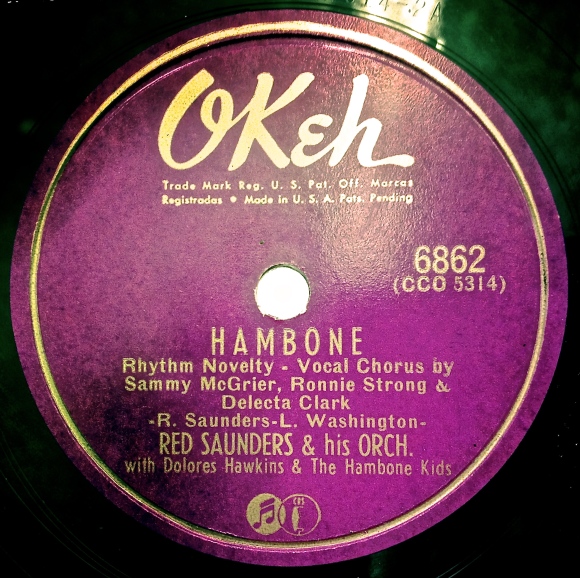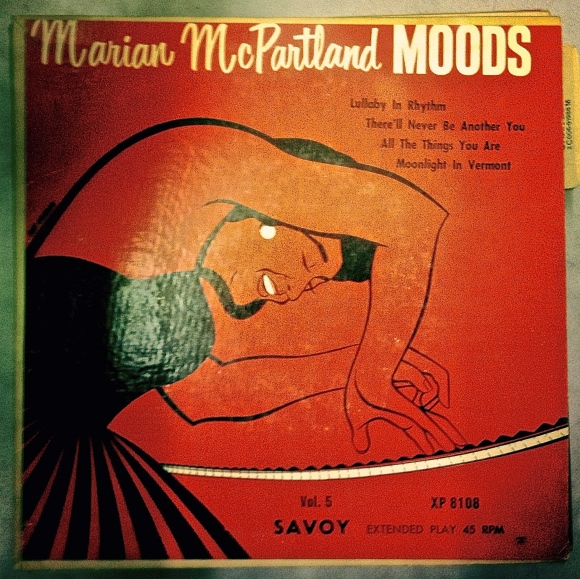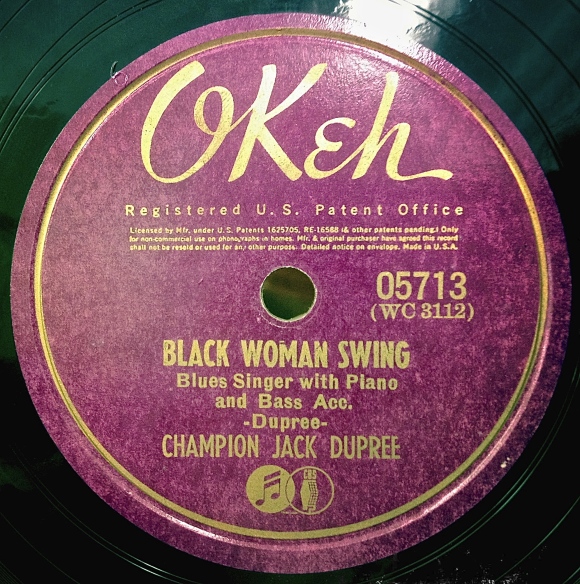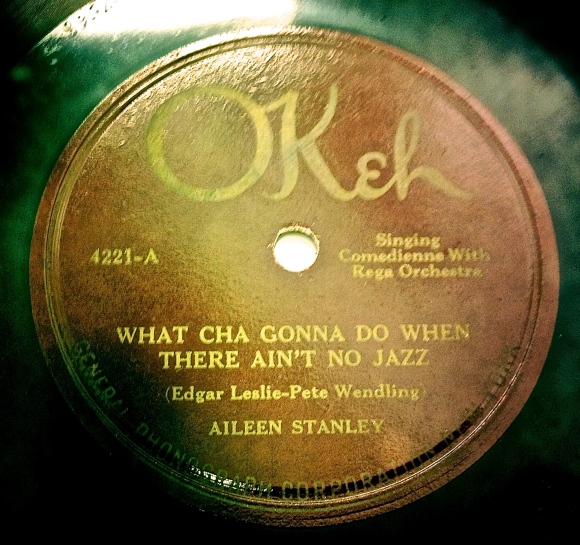Ida Cox didn’t run away and join the circus as a teenager. Instead, the small-town Georgia girl ran away and joined a traveling minstrel tent show at the age of fourteen. Experience in that field lead to the better-paying vaudeville circuit as a singer and comedienne. She had her Paramount Records debut in 1923, with fellow female musician Lovie Austin accompanying her on piano. This is her very first record, “Graveyard Dream Blues.”
Ida was especially good at bringing songs about death to life. 1925’s “Coffin Blues” is an excellent example. This song features future husband Jesse Crump on harmonium, adding an especially funereal element to the sound.
Ida was able to parlay her touring experience into managing her own road show, which was pretty unusual for a woman at that time. And she either wrote or co-wrote most of the songs she recorded, including this number that, had she lived long enough, would have earned her a fortune in bumper sticker royalties. This is “Wild Women Don’t Have the Blues.”
